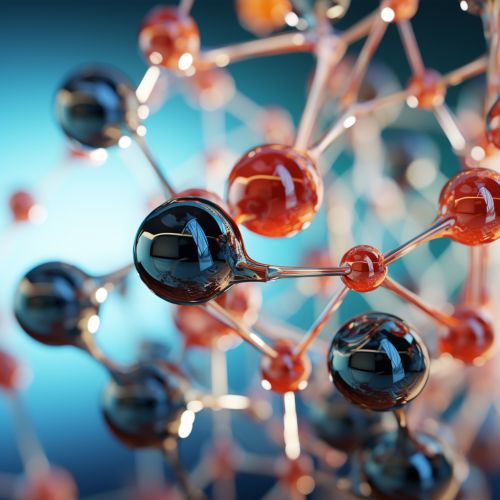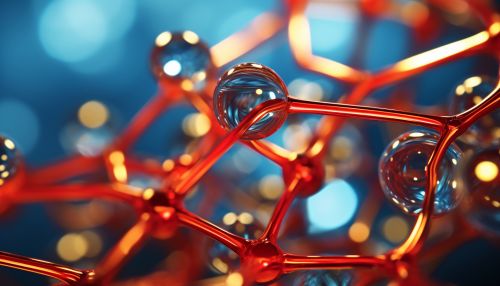Compatible solutes
Introduction
Compatible solutes are small organic molecules produced by organisms in response to stress conditions, such as high salinity, extreme temperatures, or desiccation. They are found in all three domains of life: Bacteria, Archaea, and Eukarya. These solutes are compatible with cell metabolism and do not interfere with normal biochemical processes, hence their name.


Types of Compatible Solutes
There are several types of compatible solutes, including sugars, polyols, amino acids, and their derivatives, and quaternary ammonium compounds. Each type has its unique properties and roles in stress response.
Sugars
Sugars such as trehalose and sucrose are common compatible solutes in many organisms. They are known for their role in protecting cells from desiccation and high temperatures.
Polyols
Polyols, including glycerol, sorbitol, and mannitol, are often found in bacteria and plants. They help cells to maintain osmotic balance and protect proteins from denaturation.
Amino Acids and Derivatives
Amino acids and their derivatives, such as proline, glutamate, and ectoine, are also common compatible solutes. They are particularly important in bacteria and plants for their role in osmotic adjustment and heat protection.
Quaternary Ammonium Compounds
Quaternary ammonium compounds, such as glycine betaine and choline, are common in bacteria and plants. They help to maintain osmotic balance and protect cellular structures from damage.
Functions of Compatible Solutes
Compatible solutes have several functions in organisms, including osmotic adjustment, protein protection, and stress signaling.
Osmotic Adjustment
Under high salinity or drought conditions, cells accumulate compatible solutes to maintain osmotic balance. This prevents water loss and helps cells to survive under stress conditions.
Protein Protection
Compatible solutes protect proteins from denaturation under stress conditions. They can stabilize proteins by forming hydration shells around them, preventing aggregation and maintaining their functional conformation.
Stress Signaling
Compatible solutes can also act as stress signals, triggering the expression of stress response genes. This helps organisms to adapt to changing environmental conditions.
Synthesis and Transport of Compatible Solutes
Organisms can synthesize compatible solutes or uptake them from the environment. The synthesis and transport of compatible solutes are tightly regulated to ensure cellular homeostasis.
Synthesis
The synthesis of compatible solutes involves several enzymatic reactions. The pathways for the synthesis of different types of compatible solutes vary among organisms.
Transport
Compatible solutes can be transported across the cell membrane by specific transporters. These transporters can be upregulated under stress conditions to facilitate the uptake of compatible solutes.
Role in Biotechnology
Due to their protective properties, compatible solutes have potential applications in biotechnology. They can be used to enhance the stress tolerance of crops, improve the stability of proteins, and serve as cryoprotectants in the preservation of biological samples.
